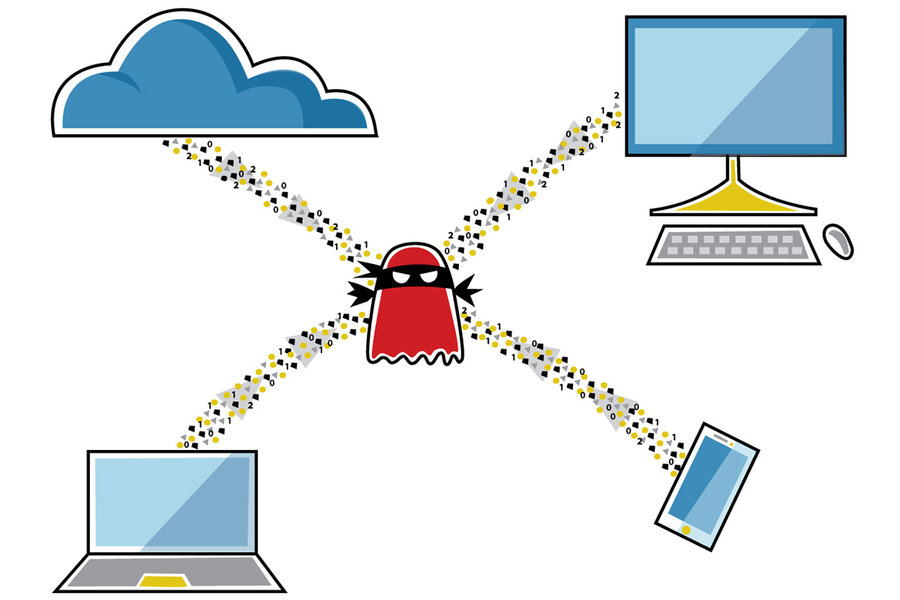Meltdown, Spectre chip vulnerabilities: What you need to know
Loading...
A duo of vulnerabilities is forcing chipmakers to rethink the trade-offs they’ve made between performance and security. Here’s what you need to know.
Q: What are Meltdown and Spectre?
Unlike other ominously named phenomena in computer security, Meltdown and Spectre are neither viruses nor security breaches. Instead, they’re ways of exploiting chip vulnerabilities that allow an attacker to secretly read the contents of a computer’s memory, including passwords and other sensitive data.
Meltdown was discovered and reported last year to the chip manufacturers by teams from Google Project Zero, Cyberus Technology, and the Graz University of Technology, each of which was operating separately from the others. Spectre was independently discovered by a team at Google Project Zero and by noted computer security expert Paul Kocher, who worked in collaboration with researchers around the world.
There is no evidence of Meltdown and Spectre exploits having actually been used to steal data, but then again, such exploits would not leave any traces in a system’s log files.
Q: What’s the difference between the two?
Meltdown, which is a known vulnerability for nearly every processor manufactured by Intel since 1995, as well as some processors made by Arm, is a specific attack that breaks down the mechanisms that prevent one application from accessing the memory of another application or the operating system. It can be patched relatively easily.
Spectre, which affects chips made by Intel, Arm, and Advanced Micro Devices, is a class of difficult-to-perform exploits that trick processors into executing tasks they aren’t supposed to do. Spectre is a concern for nearly every computer in the world – including desktops, laptops, cloud servers, and mobile devices – and is harder to mitigate.
“Meltdown, from an end-user perspective, looks like a traditional software vulnerability in the sense that it’s possible and quite easy to exploit,” Dr. Kocher tells the Monitor. “Spectre is a little different in that it’s really not just a single attack,” he says. “It’s a new technique for mounting attacks and one that’s going to be with us for a long time because there isn’t a single clean fix.”
Both exploits take advantage of speculative execution, a performance feature that increases processor speed by using otherwise-idle resources to execute instructions before they are requested. Meltdown targets a specific weakness with Intel processors; Spectre uses speculative execution and a related concept known as branch prediction to induce processors to perform operations that leak information.
Q: How did things get to this point?
The flaws came about partly out of the ever-growing demand for faster computers – speculative execution is a time-honored technique for improving processor speed without improving overall clock speed or memory – and partly out of computers’ increasing complexity.
“Complexity brings bugs,” Kocher says. “This really highlights a direct trade-off between performance and security,” he adds. “Historically there’s been this attitude that you could always have the best of both, so long as the engineering was done carefully. But the trade-offs there are looking ... more complicated than people had realized before.”
Q: How can users protect themselves?
To safeguard against Meltdown, users should install the software patches that have been issued by Microsoft, Apple, Linux, or whatever other entity produces the operating system for their devices. “Once those patches are installed, the issue is dealt with,” Kocher says. “But if you fail to install the patches, it is quite a high risk.”
Guarding against Spectre exploits is trickier, because they arise not from a single vulnerability in a single product, but from what Kocher calls a “flawed philosophy about how to design chips.” Of course, once a specific Spectre exploit becomes known, software companies will create patches that users should download and install, but until then individuals can do little.
The good news is that Spectre exploits are hard to pull off: There is no single script for a Spectre attack that works across multiple platforms.
What’s more, given all the other known vulnerabilities, Spectre doesn’t change things much. “Computer security was already in a pretty dire state, so adding yet one more messy problem on top doesn’t probably dramatically change the overall risk profile,” Kocher says. “Most of the breaches that we’re going to see in the next year are going to come from software bugs and not this.”
Q: Will the security patches slow things down?
Possibly. Most casual users will probably not notice any decreases in performance, but users who run software that frequently makes requests to their operating system’s kernel (the central part), such as those who manage databases on back-end servers, may notice slowdowns. That said, users should still install the patches, because problems that arise from identity theft are typically greater than those created by security patches.








